We had the good fortune of connecting with Sandy Simon and we’ve shared our conversation below.
Hi Sandy, what was your thought process behind starting your own business?
I started TRAX ceramics gallery in 1995 with the desire to give potters the recognition they deserved. At the time in the 1990’s, there weren’t galleries who showed functional pottery. Even in University settings where I often was hired as an adjunct to teach in the art department, pottery was getting a bad rap. In 1995 I was hired to teach at San Jose State. During a faculty meeting I was called out to defend my position to other faculty members of why I taught pottery. The question posed to me was, ” who needs to make dishes when they are supplied by manufacturers”? My defense then, as it is now, in the realm of teaching, is that a student who uses a potters wheel is constantly presented with making decisions; as clay is in motion, spinning, round and round, decisions are presented constantly – to go up, down, in, out, or stop. The potters wheel is a tool students can use in any aspect of their lives. It is practice in being decisive and recognizing choices.
I have taught in 6 universities and given over 140 workshops in the U. S. , Europe, China, Japan, and Chile. The United States hasn’t had an established tradition in clay as England, Japan and China have had. In my experience my teacher, Warren Mackenzie adopted his aesthetics from working in England and Japan where his teachers were. These filtered down to his classroom, his students. He began introducing hand made pots by throwing on his wheel in department store windows in the 1950’s.
I have always felt potters dedicated to utility, making functional pots for everyday use, needed more attention. We needed to show off our work and our creativity. Thus, I began my gallery, TRAX.
Art, when it is best, communicates to its audience. Pots made for use with food or flowers,
engages all of the senses.
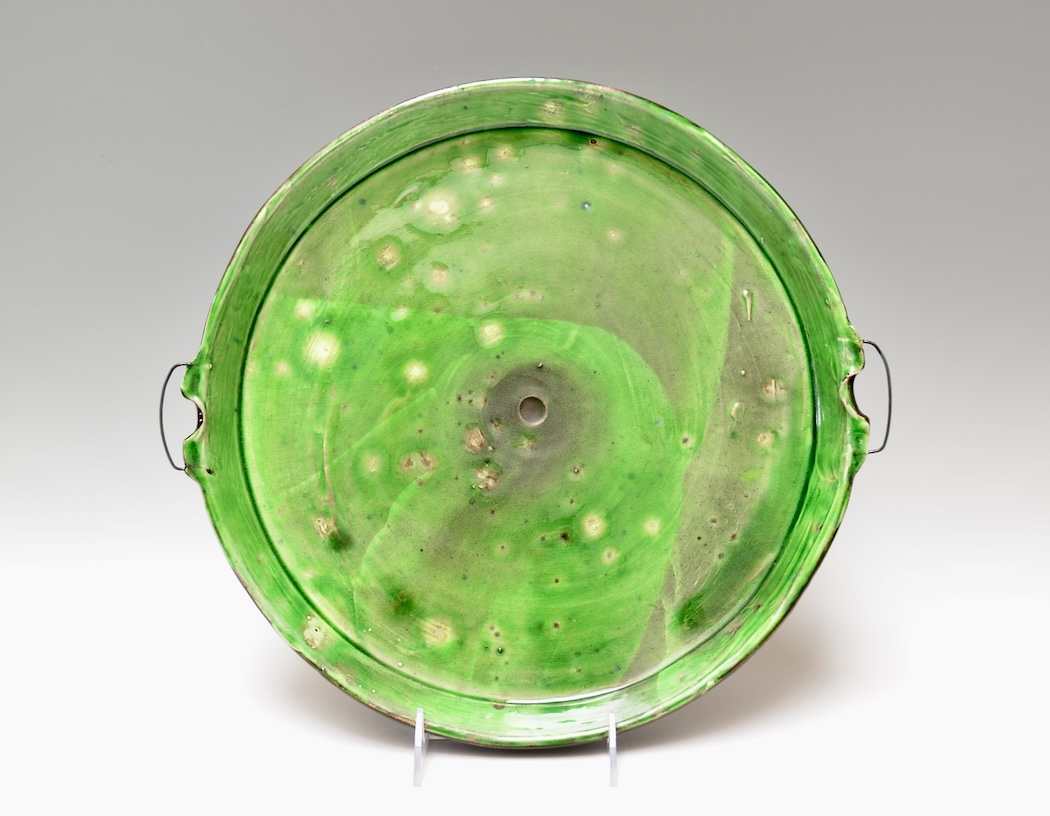

Let’s talk shop? Tell us more about your career, what can you share with our community?
At the University of Minnesota, where I attended college, our teacher, Warren Mackenzie, insisted we go into the field without getting degrees. He said, (before Nike did) “just do it”. Mackenzie told us he was making plenty of money w/o a degree and we could do it too. We tried this; we moved to rural Georgia, my former husband Michael Simon, and myself, and rented an abandoned chicken coop for $30. a month to live and work. It had a hard red clay floor and an old coke machine we used for a refrigerator. We put our Leach treadle wheels to use and began making pots. We then built a kiln from used house brick and covered it with straw and mud linking propane tanks to fire it. That didn’t work as it didn’t get hot enough for a bisque – 1800 degrees. Therefore, we didn’t have a kiln, so we snuck into the University of Georgia art department and fired their kilns in the middle of the night – until we got caught. We were 20 years old, young and dumb – wasn’t art for everyone to do when and where they could? Mackenzie didn’t tell us HOW to do it – only that we could. We scrounged high temperature bricks from a South Georgia sugar cane factory out of business. We built a substantial kiln. The only clay available to us at that time, was red brick clay. The “outsider artists” lineage folk potters used it for their “jugs” and “face pots” and “urns” and strawberry plants they sold along highway 41 to Florida.
We melted our first pots as the clay wasn’t up to that temperature. This ruined the shelves and walls of the kiln too. Did we learn everything the hard way? yes, indeed we did. We were so uninformed about other firing methods that we thought all clay was high fire. Thus we needed a high temperature stoneware or porcelain clay we began to mix it ourselves in a tub with our feet. We loved our craft, our life style and our friends, who also attended the University of Georgia as art students. This was 1970 when the Viet Nam War was raging and people our age were looking for alternative life styles and questioning everything they had been brought up to believe.
We lived and worked in our chicken coop for two years before finding an old farmhouse to rent for the same rent – $30.00 a month. It had a barn that we turned into a studio, we built a kiln, and we had home studio yard sales. Our pottery was called 29 Oaks. If we made $600. for the weekend we were pleased and took a week off from studio work before beginning again. The routine was hard but doable. What I learned is that our decision to move to Georgia and try to make a living from our pottery was that it was worth it. I thought about changing it up, or quitting many times but the freedom of the lifestyle was a joy even if we never made money, we did make enough to get along.
I learned not to fear change, not to fear being broke, and to do what I love to do.
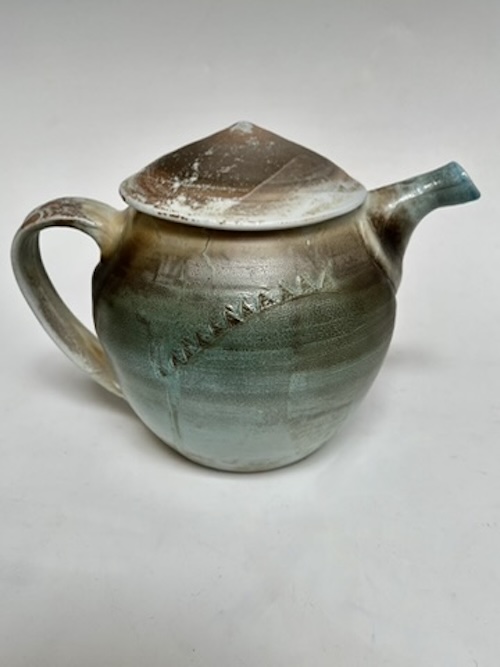
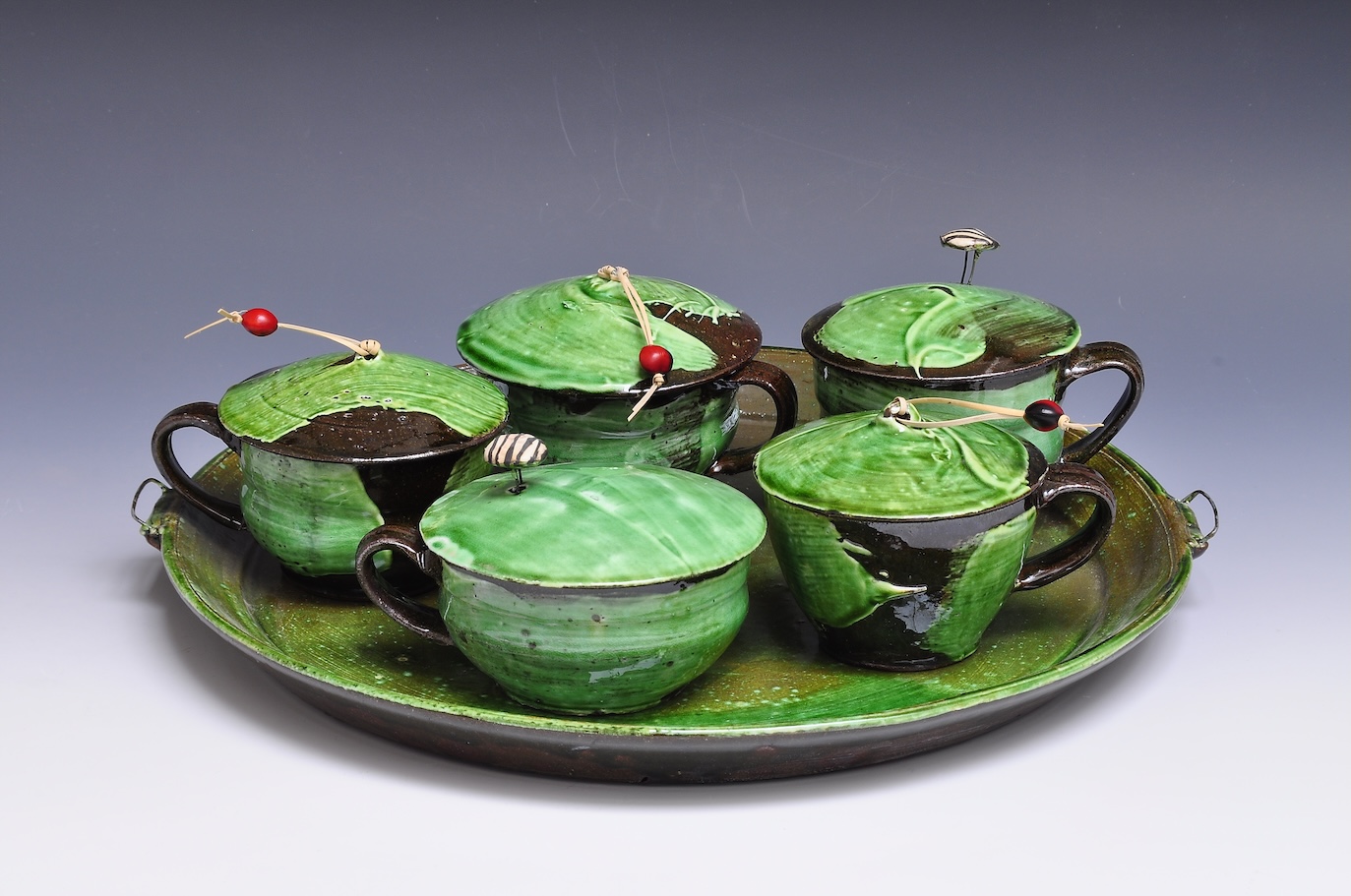
Any places to eat or things to do that you can share with our readers? If they have a friend visiting town, what are some spots they could take them to?
I live in Berkeley, with my sculptor husband, Robert Brady. He bike rides as I do, for exercise. I love to go on hikes in the Berkeley Hills as well as participate in yoga classes or water aerobics at our Club.
At the end of a day the Berkeley Rep often has excellent plays. The Freight and Salvage has music venues to attend . But best of all, is the food in our region; all ethnicities. Chez Panisse is on the map for many foreign visitors…and sometimes that is on the list for them. If our friends are artists, and many are, we visit museums. AND we visit the Chapel of Light in Oakland which, regardless of religious affiliation, is a welcoming and beautiful place. For anyone who ventures to go beyond Berkeley, there is a trip to Chinatown in Oakland or San Francisco. Endless things to enjoy. If they are independent and have a car I recommend a trip to Muir Woods, or Stinson Beach, or up the coast to Mendocino. All doable in one day. So with our traxgallery art bnb offered to friends and friends of friends, we have a book for people review and see what we, as well as other guests, have recommended. Our location is walking distance to retail clothing, food as well as an Apple Store. We have a high end Japanese restaurant, Iysare, as well as Mexican, American, Diner and Dumpling restaurants within 1/2 block. Fun depends on the friend’s likes.
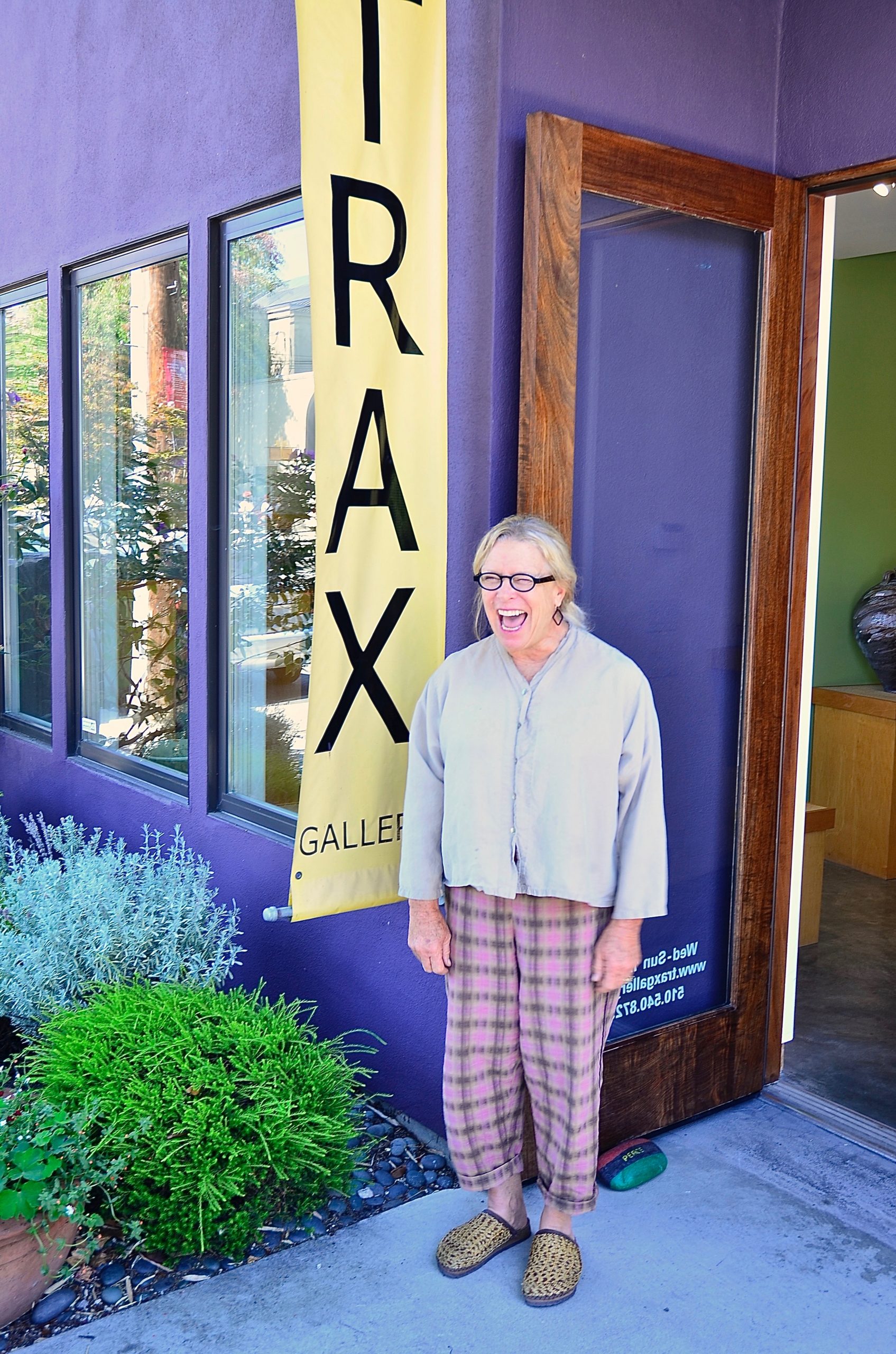

The Shoutout series is all about recognizing that our success and where we are in life is at least somewhat thanks to the efforts, support, mentorship, love and encouragement of others. So is there someone that you want to dedicate your shoutout to?
Robert Brady, sculptor, artist, husband , participant in the success of owning a gallery
Website: https://www.traxgallery.com
Instagram: traxgallery
Facebook: Sandy Simon and Trax Gallery
Yelp: Trax Ceramics Gallery

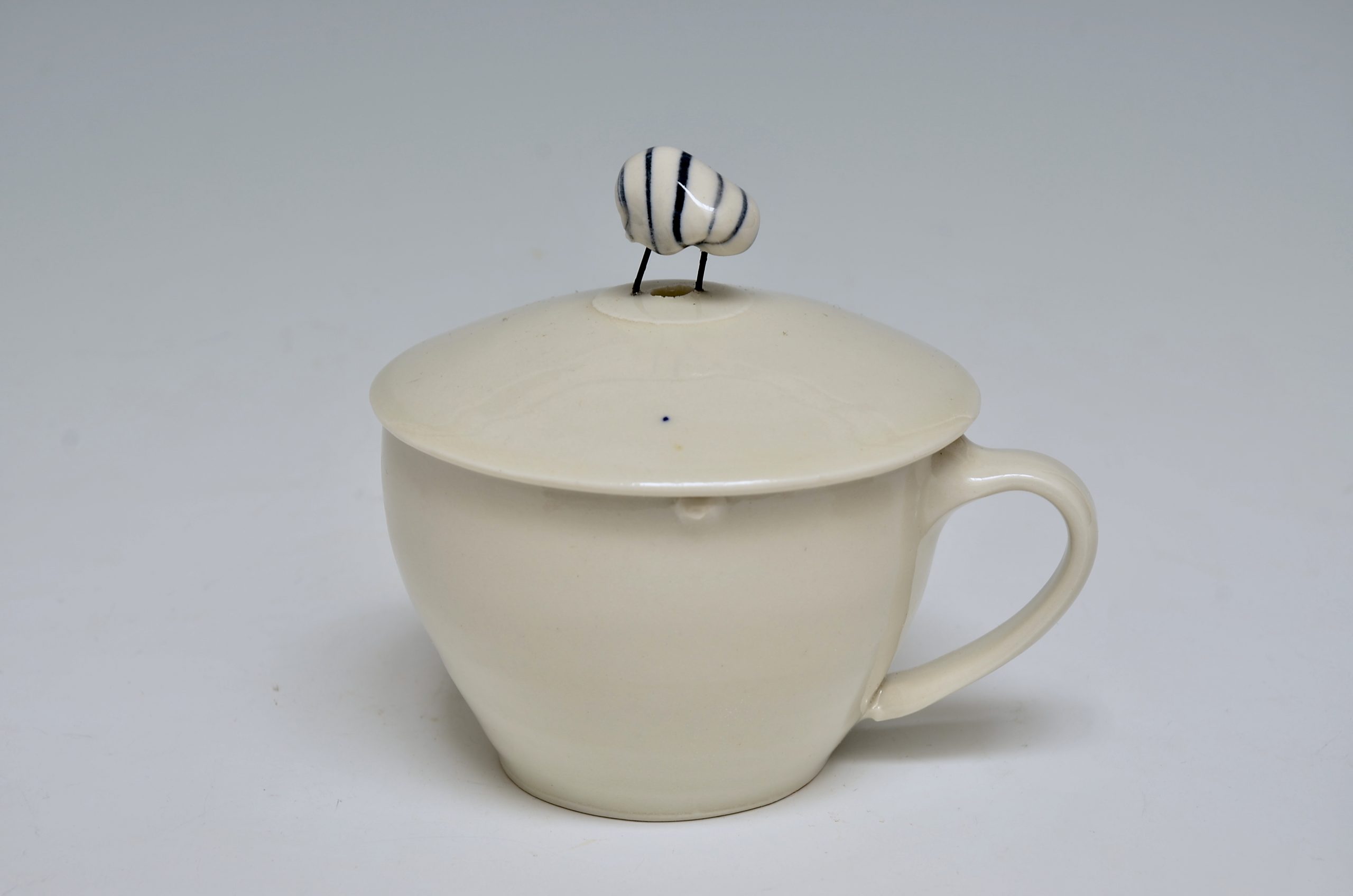
Image Credits
Robert Brady






